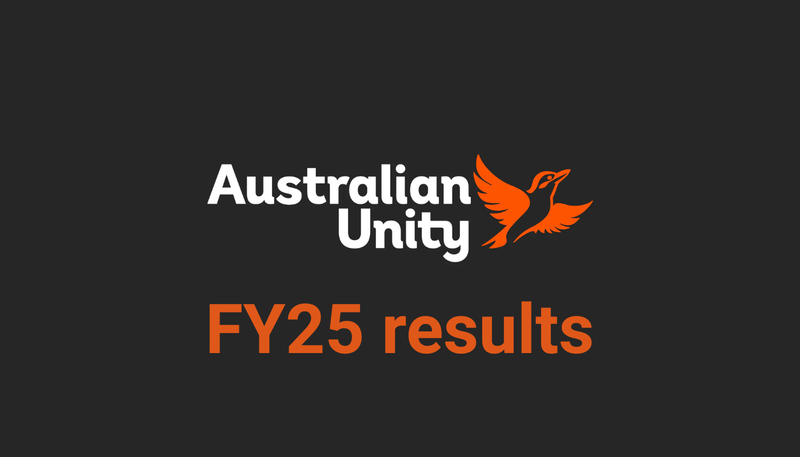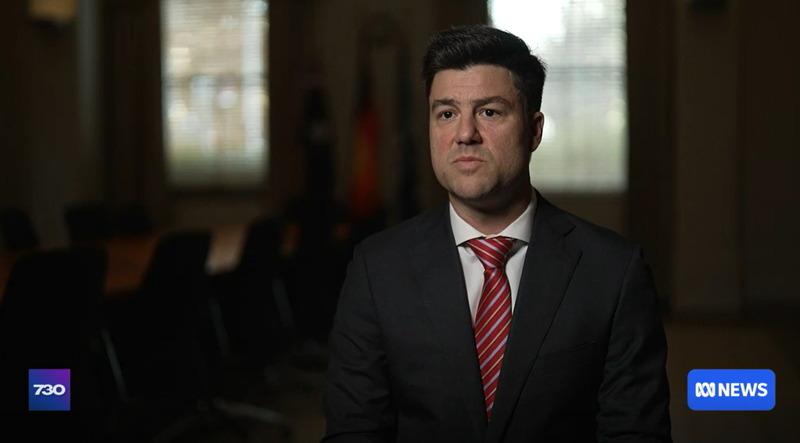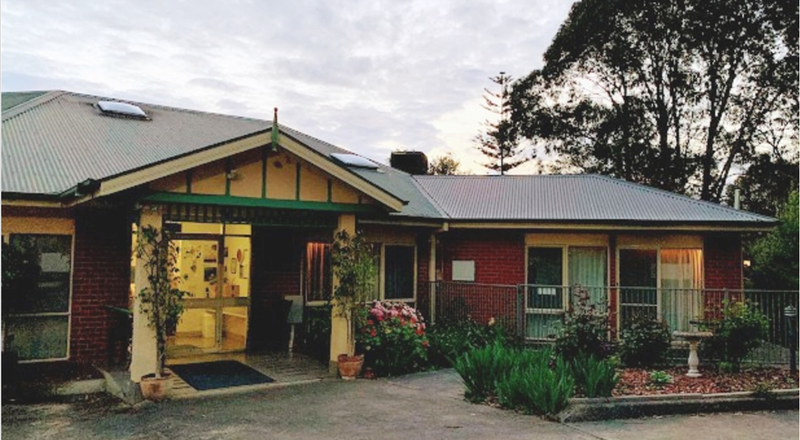Uniting NSW & ACT’s DA swap a bellwether for aged care operators
In Tuesday’s The SOURCE we reported on Uniting changing a DA application for a 16 storey tower in Epping, Sydney, from assisted living and care apartments to 116 retirement village apartments plus 57 aged care beds, signalling what it believes the...
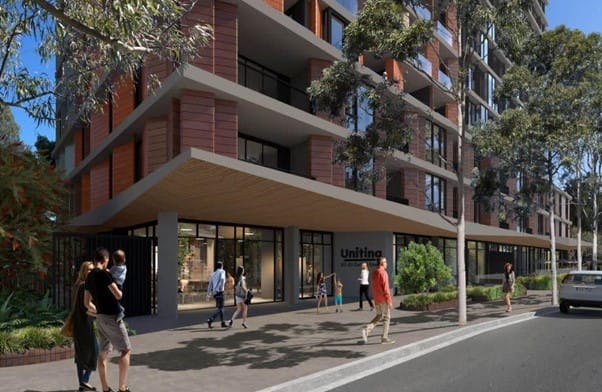
In Tuesday’s
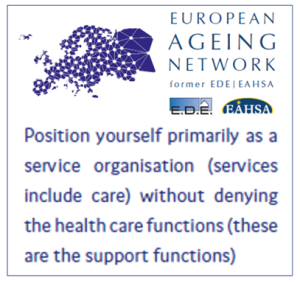
The fact that the original DA was changed reflects the change taking place across the aged care sector as operators consider the viability of operating large-scale aged care homes even 10 years from now, when affluent baby boomers clearly do not want this product.
We turn to the 2030 strategy document written by the European Ageing Network, Europe’s peak aged care body, who identified that by 2030 aged care providers must move to being service providers out in the community, not big box operators.
Aged care beds will always be required – but the number will be significantly lower as a percentage of the population compared to today. This chart below from Ansell Strategic shows Australia is the significant outlier in terms of both the length of stay and percentage of the population in residential aged care.
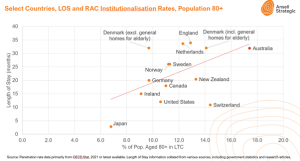
Japan has one third of Australia’s aged care beds on both metrics.
What Uniting is doing in Epping with its ratio of independent living units and aged care beds is creating a form of co-contribution. The retirement village residents are paying for the building, including the aged care beds, and will provide the future bed residents – who will be of far higher acuity – with shorter stays; additionally, in the coming years, these RV residents will be far more prepared to pay extra to stay in the same building that they know.
In effect, this is continuum-of-care blending with private aged care. It is also far more viable than traditional residential aged care.


